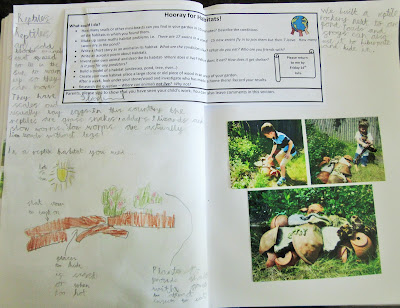Well, we've done it! 30 days wild, 30 blog posts and lots of fun and fond memories. Here's a short video with all of our favourite wild moments from the last 30 days.
In case you can't view it, or don't want to, here's a shorter traditional version...
It all started with an interview on BBC Breakfast about 30 Days Wild. It was totally terrifying, but a fantastic opportunity and we got to meet lovely Carol Kirkwood!
We then set about 'wilding' our back garden, by digging a pond and putting our tadpoles in it. We planted loads of bee and butterfly friendly plants, left a patch of our garden unmown and made a toad and frog house. We were thrilled that damselflies found the pond and were laying eggs in it within a week of it being dug.
We watched (and videoed) our caterpillars pupating and watched them again, 10 days later, as they emerged and flew away.
We found all sorts of weird and wonderful wildlife during the 30 days, including beetles, roman snails, slowworms, spiders and butterflies. We even found a rare sawfly and had a night-time adventure to look for glow worms.
We saw some wonderful plants and took part in the Great British Wildflower Count.
We were thrilled when the back garden red kites had babies and loved watching them as they grew.
We caught lots of wonderful hawkmoths in the moth trap...
... and had a lot of fun!
But most of all we just got stuck in and had a brilliant 30 days Wild!
Thank you 30 Days Wild and The Wildlife Trust!





























